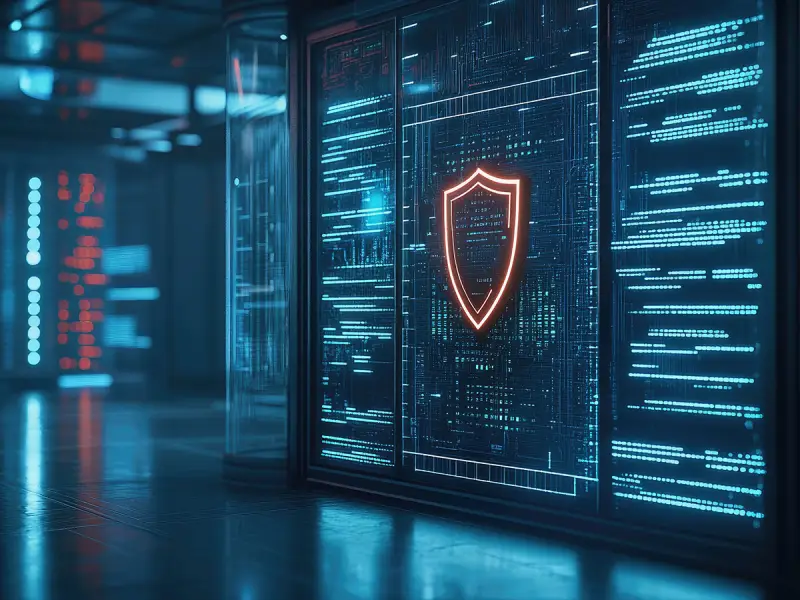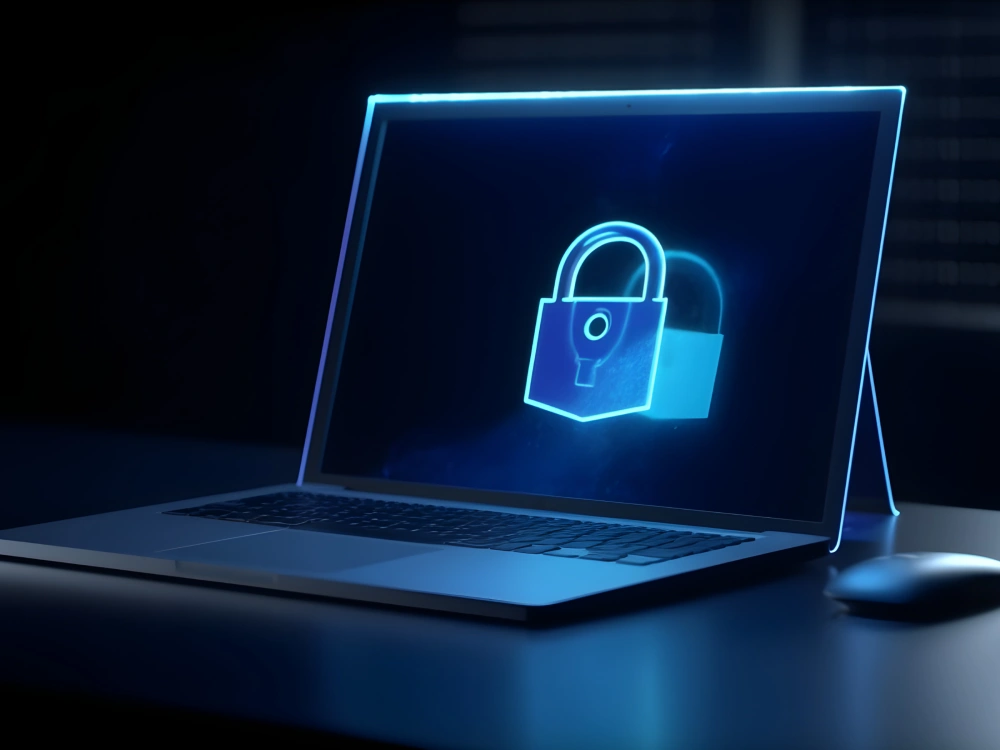Cyber threats are becoming more advanced, with attackers creating ways to bypass traditional security. That’s why organizations need a stronger, multi-layered approach to protect their systems.
To handle cyber threats effectively, security teams need clear, consistent information. That’s where CVEs help—by making it easier to manage hidden risks. And how can organizations enhance their cybersecurity capabilities with CVE data along with deception technology? Let’s look at this more closely in the article.
What Is a CVE and Why Does It Matter?
A CVE is a publicly listed security issue detected in software, hardware, or firmware. CVEs are assigned unique CVE IDs, making it easier to identify, track, and address issues.
The CVE program, created by MITRE in 1999 and backed by the U.S. Department of Homeland Security, offers a standard way to identify and reference security vulnerabilities.
Before CVEs, tools and vendors described the same issues differently, leading to confusion and delays. CVEs fixed this by creating a common language for talking about cybersecurity vulnerabilities. Each CVE record includes:
- An ID
- A brief description
- Links to more information, like vendor advisories or patches
This standardization helps security teams, security researchers, vendors, and incident responders stay aligned, reduce confusion, and respond more efficiently.
CVEs are more than just labels—they’re a crucial part of global cybersecurity.
By making vulnerability information clear and consistent, CVEs help organizations:
- Prioritize threats
- Share knowledge
- Build stronger, more coordinated defenses
The Lifecycle of a CVE
| Steps | What Happens |
|---|---|
| Discovery | A vulnerability is found through security testing, independent research, or responsible disclosure. |
| Report to CNA | The discovered flaw is reported to a CVE Numbering Authority (CNA) for evaluation. |
| CNA Evaluation | The CNA reviews the flaw to determine if it qualifies for a CVE ID. |
| CVE Assignment | A unique CVE ID is issued to the flaw for tracking and reference. |
| CVE Publication | The CVE is added to the public CVE database with details about the flaw, affected systems, and links to security advisories/patches. |
| CVSS Rating | A CVSS score (Common Vulnerability Scoring System) is assigned to the CVE to help prioritize the risk level of the vulnerability. |
| Action | Security teams use the CVE information to implement patches or mitigation strategies to address the vulnerability. |
Types of Threats CVEs Help Identify
The CVE system helps identify the various threats organizations face, from newly discovered flaws to old, unresolved issues in legacy systems.
1. Known Vulnerabilities in Active Use
Known vulnerabilities are as harmful as unknown ones if they haven’t been properly detected and fixed, as hackers are always looking for weak points to exploit.
For example:
- Buffer overflows can let them run unauthorized code
- SQL injections can expose private data
CVEs list these issues so security teams can monitor the ones attackers are actively using.
2. Risks from Outdated or Unpatched Systems
Old systems that haven’t been updated can be a big security risk. There can be known vulnerabilities that are never fixed. It could be because of:
- Limited resources
- Outdated software
- Oversight
These vulnerable systems are further exploited by attackers to intrude. CVEs help companies detect and fix these issues, even if the threat has been there for a long time.
Enhancing Threat Detection Through CVE Data
CVE data strengthens real-time threat detection by integrating with key cybersecurity tools.
| Platform | How CVEs Help |
|---|---|
| SIEMs | Cross-reference alerts with known CVEs to detect and prioritize real threats. |
| Threat Intelligence Platforms | Use CVE feeds to track active exploits and improve proactive defense strategies. |
| Automated Detection Systems | Build detection rules using CVEs to automatically flag known attack patterns. |
| Security Operations (CVE Feeds) | Keep tools updated with new CVEs to reduce exposure and improve response speed. |
Challenges in CVE-Based Detection
While CVEs are invaluable assets for threat detection and response, using them comes with several challenges, including the following:
-
High Volume and Noise – Struggling with Prioritization
One big challenge is the huge number of CVEs released every year. Each year, thousands of new vulnerabilities are found, which makes it harder for organizations to decide which ones are urgent. The large volume of CVEs results in "noise", which distracts the security team from fixing real threats. Without proper filtering, companies risk wasting time on low-risk issues and overlooking critical vulnerabilities.
-
Relevance Filtering – Not Every CVE Impacts Every System
Another challenge is figuring out which CVEs actually matter to your systems. Not every vulnerability is a real threat—its risk depends on factors like your software and network setup. Effective vulnerability management means filtering out irrelevant issues and focusing on those that matter. Without this context, there’s a risk of missing serious threats or wasting time on harmless ones.
-
Gaps in Zero-Day Detection – Beyond CVEs
While CVEs help with known vulnerabilities, they don’t cover zero-day threats—flaws that are unknown or exploited before a fix is made. CVEs only list publicly known issues, so they miss these hidden or new threats. To catch these attacks, extra security measures are needed beyond CVEs.
-
Need for Contextual Analysis and Behavioral Insights
CVEs alone often don’t give enough context to fully understand a threat. They show that a vulnerability exists but don’t explain how it might be used or what attacker behavior to watch for. To catch more advanced attacks—especially those combining CVEs with tactics like social engineering—security systems need to include behavioral analysis and context. This helps teams spot suspicious activity that isn’t linked to a known CVE but is still dangerous.
How Deception Technology Enhances Threat Detection Beyond CVEs
As mentioned above, CVEs have limits in spotting unknown and complex threats that can slip past traditional tools. That’s why organizations should adopt advanced solutions like deception technology.
Deception technology sets up realistic traps, decoys, and fake assets within a network to attract attackers. Unlike CVE-based detection, it doesn’t rely on known vulnerabilities. It detects attacker behavior in real time, even if the exploit is new or unknown.
This proactive approach helps security teams:
- Catch threats earlier
- Understand attacker tactics better
- Respond more quickly to incidents
Deception technology and CVE data work together to improve security—CVE data spot known risks, and deception finds hidden threats that others miss.
Together, they create a powerful threat detection system and reduce the chance of attacks and threats going unnoticed.
To use deception technology, organizations need to implement advanced solutions like Fidelis Deception®.
Fidelis Deception®: The Ultimate Cyber Deception Solution to Outwit Cyber Adversaries
Key Features of Fidelis Deception®:
- Fake assets and decoy traps lure attackers into interacting with decoys, revealing their behavior and intent.
- Early detection systems quickly uncover hidden threats while reducing false positives.
- Automatic deployment integrates deception layers smoothly into your environment without disruption.
- High-fidelity alerts give accurate notifications, helping teams respond quickly.
Key Highlights:
- Deploy decoys & breadcrumbs to mislead attackers
- Map cyber terrain and identify vulnerabilities
- Detect intrusions early and study attacker behavior
Why Choose Fidelis Deception®?
What Makes Fidelis Different:
- Protects against many types of attacks, like stealing credentials and detecting movement within networks.
- Used by top groups like the U.S. military, government, and big pharma companies.
- Can be set up on-site or in the cloud, customized to fit your needs.
Fidelis Deception® makes your cybersecurity proactive, helping you stay ahead of evolving cyber threats!
Frequently Ask Questions
What is a CVE, and why is it important?
A CVE (Common Vulnerabilities and Exposures) is a publicly listed security flaw in software, hardware, or firmware.
- CVEs have unique CVE identifiers to help track and fix vulnerabilities.
- It helps standardize how security issues are reported and discussed.
- CVEs allow organizations to prioritize threats and coordinate better responses.
Can CVEs detect all cyber threats?
No. CVEs only cover known vulnerabilities. They don’t detect new or unknown (zero-day) attacks or show how attackers might exploit a system in real–time.
How does deception technology enhance CVE-based security?
Deception adds another layer by detecting attacker behavior—even if no CVE exists yet. It catches stealthy threats like zero-days and improves response by exposing how attackers operate.



